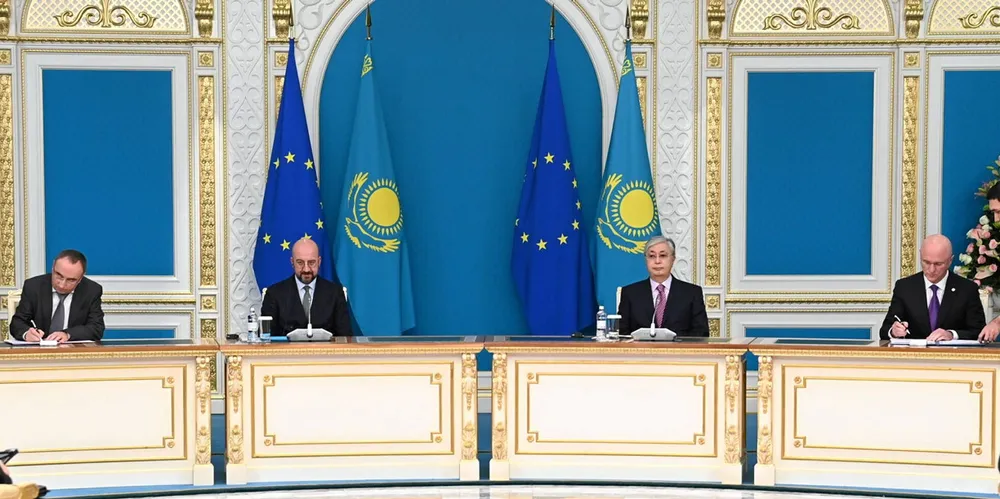Kazakhstan advances 40GW renewables plan on 'vast steppes' to power green hydrogen for EU
Swedish-German developer Svevind signs deal with Kazakh regime, aiming to produce two million tonnes of H2 from what would be among world's largest wind and solar bases
